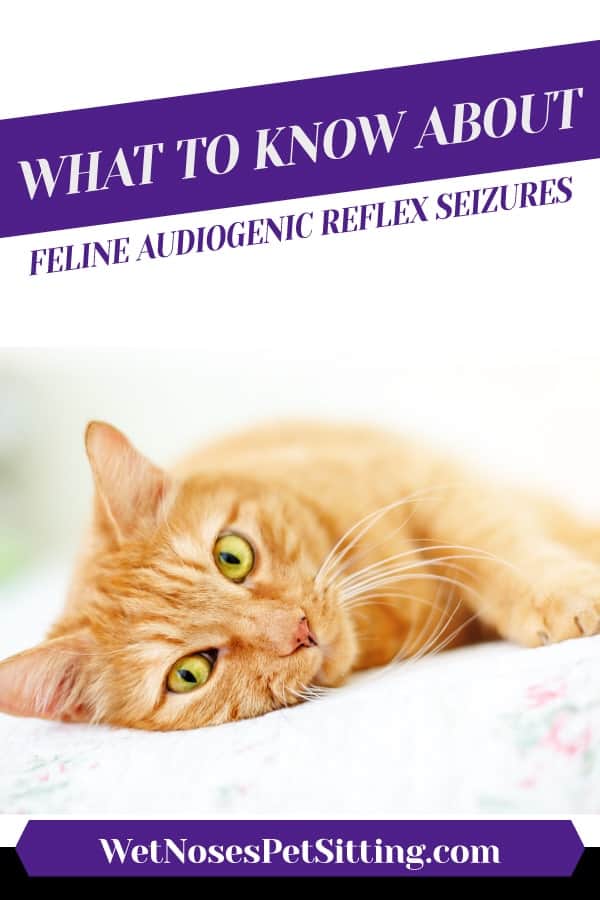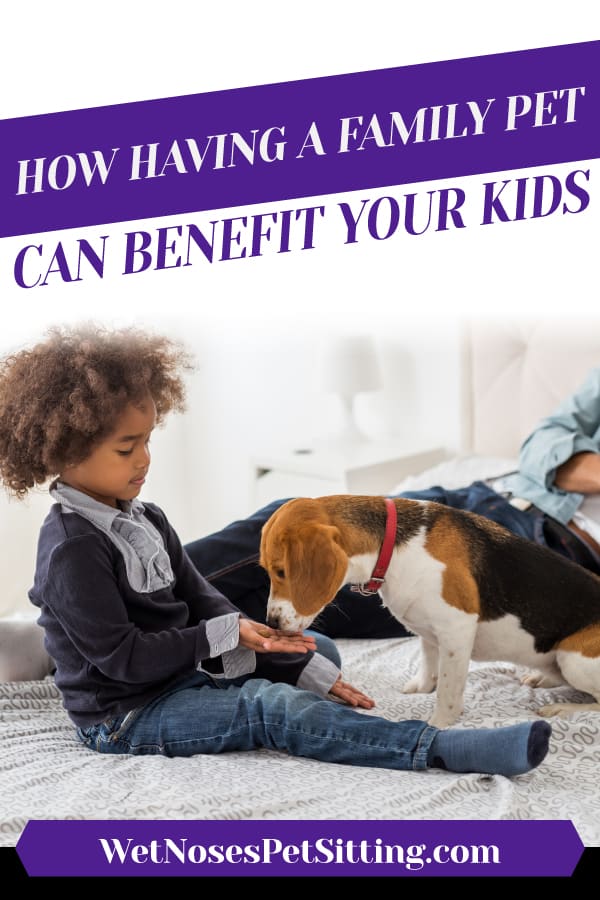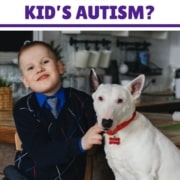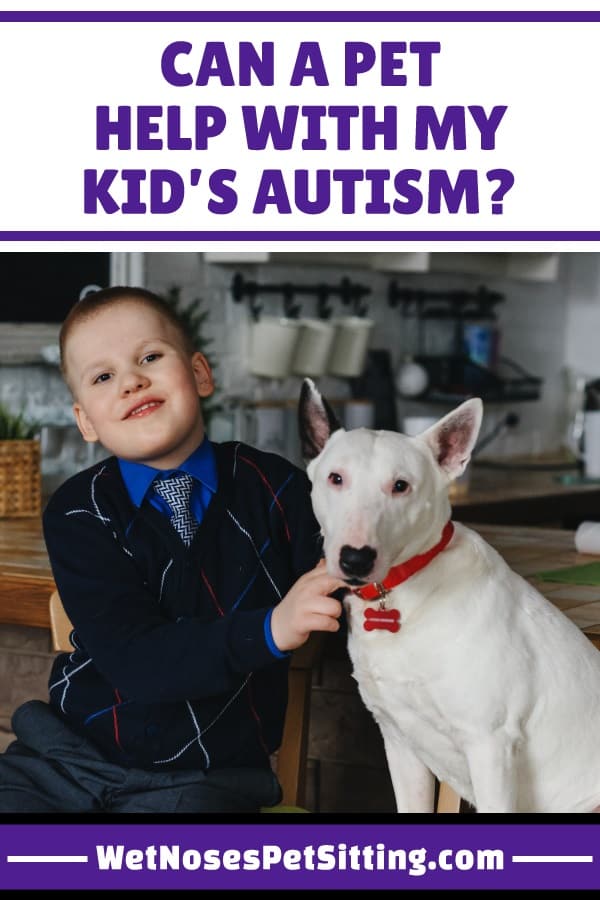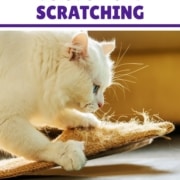Feline Audiogenic Reflex Seizures
Does the sound of crinkling tin foil or a rustling potato chip bag make you cringe? Is there a particular common sound that simply pushes you over the proverbial edge? Well, if you have a kitty companion, you may not be alone.
A few years ago, a bizarre seizure disorder affecting felines in the United Kingdom was discovered. Cats were suddenly having seizures that appeared to be triggered by common everyday noises like the ring of a doorbell, rustling of a newspaper, clicking of a TV remote, and other household sounds. Reactions from cats affected by the sounds included epileptic-like seizures, convulsions and loss of balance, as well as less severe reactions such as freezing in place, running in circles, and restlessness.
A team of researchers in the United Kingdom began investigating the occurrences and found pet parents from around the world whose cats had also suffered seizures in response to certain sounds. One thing they almost all had in common – their veterinarians had no explanation for their cat’s condition and often didn’t believe the seizures were triggered by sound.
The researchers were then even more determined to study the anomaly and find answers, so they collected detailed information from 96 affected cats. It was concluded that some cats do indeed suffer from seizures caused by sounds, and the disorder was named Feline Audiogenic Reflex Seizures (FARS), otherwise known as “Tom and Jerry Syndrome.”

Research found some sounds caused the afflicted cats in the study to experience non-convulsive seizures, brief jerks of a muscle or group of muscles, or full-body seizures that last several minutes. The sounds that most often triggered seizures include:
|
|
Less common triggers include:
|
|
Among the 96 cats studied, all were affected by one or more of the above sounds, but the Birman breed seemed particularly vulnerable. All cats involved ranged in age from 10 to 19 years, with the average age being 15, leading researchers to conclude a seizure disorder may be overlooked as older animals tend to have other health issues that are more prominent and recognizable.
Now that the cause of these curious kitty seizures has been pinpointed, and pet parents know the common triggers, these off-kilter kitties can be treated with sound aversion and anti-seizure medication.
If your favorite feline experiences any of the signs that go along with FARS, seek veterinary assistance and mention to him or her your suspicion that your kitty may have the disorder.
[fusion_button link=”https://wetnosespetsitting.com/what-happens-during-a-pet-sitting-visit-your-sidehill-pet-sitter-tells-it-all/” title=”” target=”_self” alignment=”” modal=”” hide_on_mobile=”small-visibility,medium-visibility,large-visibility” class=”” id=”” color=”default” button_gradient_top_color=”” button_gradient_bottom_color=”” button_gradient_top_color_hover=”” button_gradient_bottom_color_hover=”” accent_color=”” accent_hover_color=”” type=”” bevel_color=”” border_width=”” size=”” stretch=”default” shape=”” icon=”” icon_position=”left” icon_divider=”no” animation_type=”” animation_direction=”left” animation_speed=”0.3″ animation_offset=””]Learn what happends during a pet sitting visit[/fusion_button]


